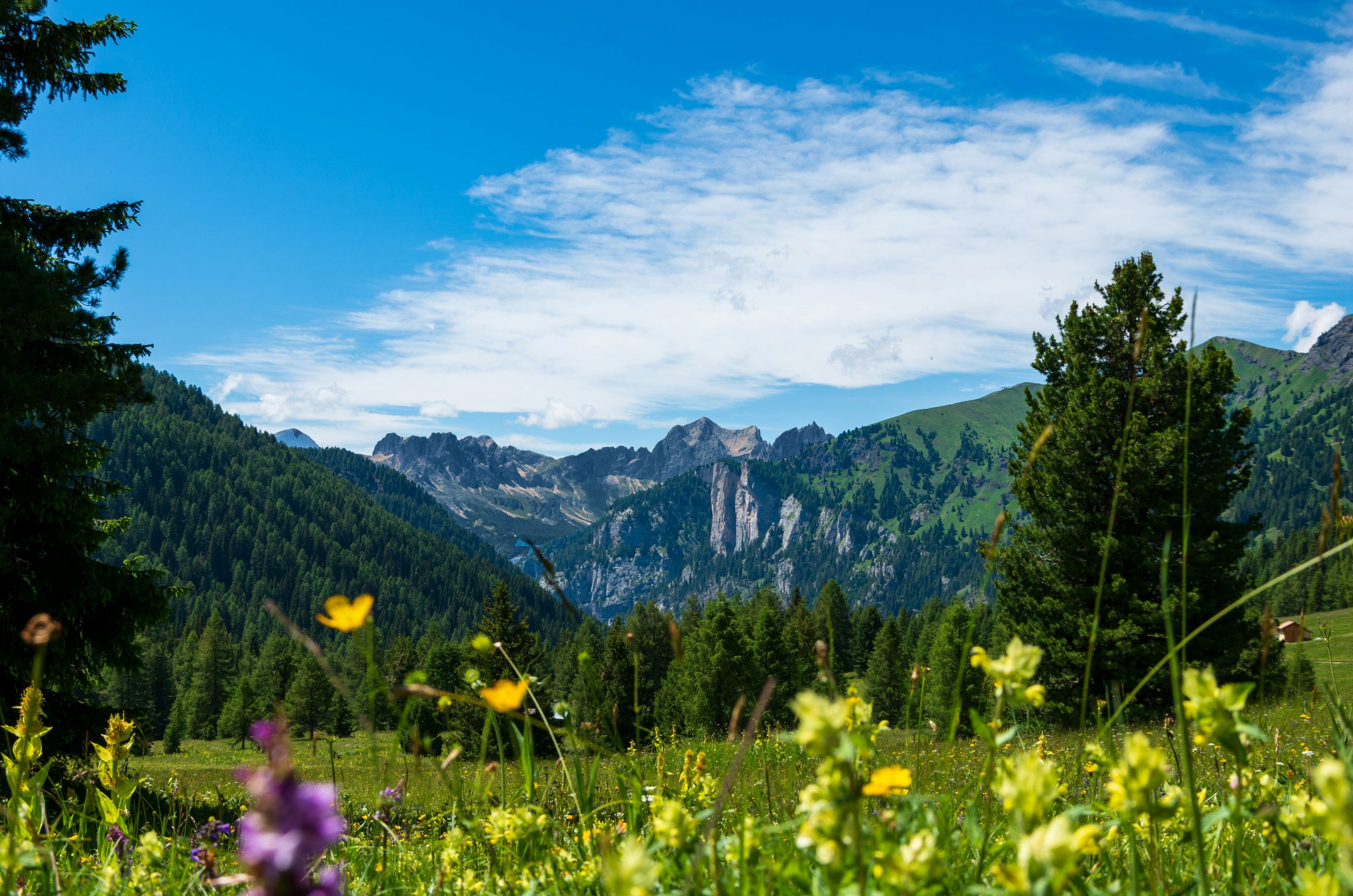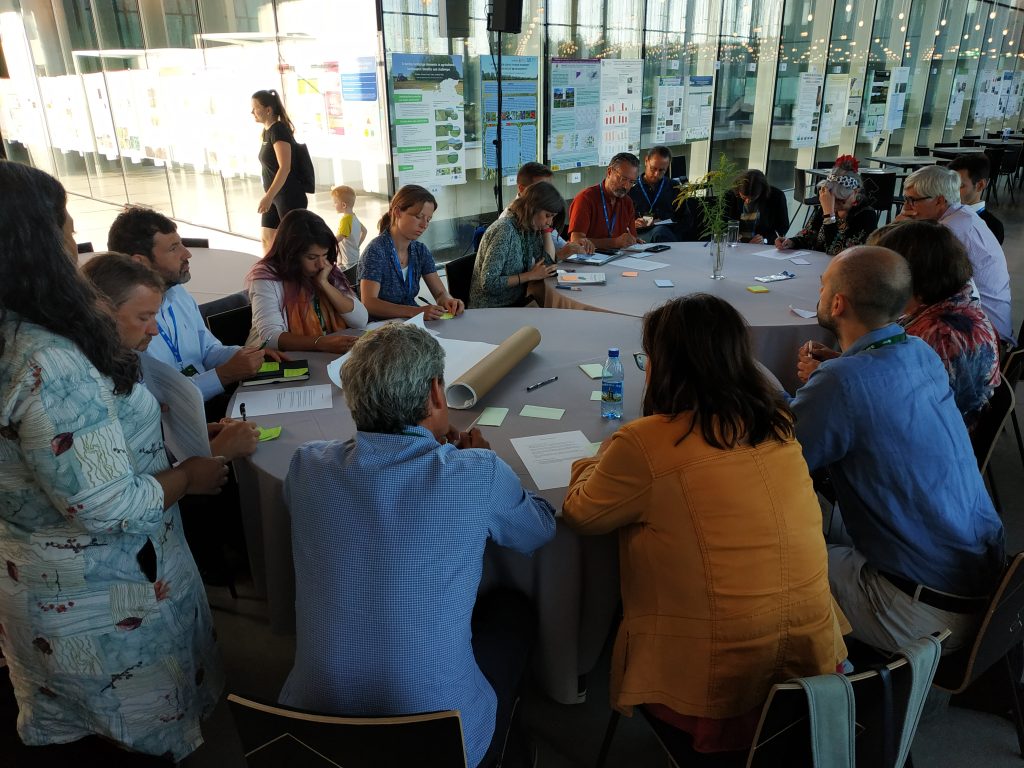News
Diverse perspectives: what we learned through convening for restoration

Story | Jul 2025
The global challenges caused by degradation of ecosystems, shrinking of natural habitat and loss of species are huge, and addressing them requires a collective effort. Ecosystem restoration can play a vital role in tackling these challenges, but there remain several barriers hampering large-scale restoration efforts.
The Convening for Restoration project was set up to co-develop solutions to overcome some of these key barriers. Implemented by partner organizations UNEP-WCMC, Birdlife International and the RSPB and supported by the Endangered Landscapes and Seascapes Programme (ELSP), it brought together diverse groups, including the conservation community, restoration practitioners, local community representatives, the finance sector and policymakers. Two taskforces were created – one focusing on finance for restoration, and one on stakeholder engagement – which have now developed resource materials: the Restoration Project Developers’ Playbook on Private Finance (Europe) and the upcoming guidance on Just and Effective Engagement in Landscape Restoration (Europe).
Here, we speak to Jo Gilbert, International Director at the RSPB, David Thomas, Programme Director at the ELSP, Vanessa Ospina Lopez, Livelihoods and Innovative Finance Officer at BirdLife International, and Anushree Bhattacharjee, Restoration for Sustainable Development Lead at UNEP-WCMC, to find out more about what went well, what they would have done differently, and what surprised them.

From left to right: Jo Gilbert, David Thomas, Vanessa Ospina Lopez and Anushree Bhattacharjee
Could you tell us more about the focus on convening under this project – what does this term mean, specifically in the context of restoration?
Vanessa Ospina Lopez, BirdLife International: The project is based on research which explored the main barriers for scaling up restoration in Europe. Funding was identified as a barrier, but so were social barriers like limited collaboration and conflicting interests among stakeholders. So the idea for this project was to bring together diverse experts on restoration from different organizations and backgrounds to understand their challenges, their approaches and what kind of solutions they wanted to propose.
Anushree Bhattacharjee, UNEP-WCMC: Often people say that they have done ‘convening’ when they have brought people together at a workshop. However, in this context, ‘convened a workshop’ can very easily be replaced by ‘organized a workshop’. True convening brings together diverse stakeholders united around a common vision and works towards achieving specific action. What was both challenging and exciting about this project was the focus on convening and co-creation of the solutions. The journey of how we arrived at the various guidance materials produced by the project is as important as the actual content.
What were the successes of the project? Are there any specific examples you would like to highlight?
David Thomas, ELSP: Two outstanding reports have been produced. One addresses private finance for restoration – a critical issue if the current funding gap for restoration is to be bridged – and the other examines stakeholder engagement and conflict resolution: vitally important if restoration is to be fair, equitable and supported by people living and working in the landscapes and seascapes that are the focus of nature recovery.
Another measure of success is the extent to which the project convened experts from a wide range of academic, governmental and non-governmental organizations. Hopefully the relationships built through this project and the cooperative working that it has initiated will continue into the future.
Vanessa: Typically, restoration efforts have been highly focused on ecological aspects. While this is important, people are an integral part of landscapes. From our perspective, one notable success of this project has been its contribution to mainstreaming equitable restoration within BirdLife. With upcoming projects focused on the social dimensions of restoration, we see the opportunity to continue building collaboration and knowledge exchange with a wider network of diverse experts to advance inclusive restoration in Europe.
Jo Gilbert, RSPB: I think the case studies coming through the project are a real strength because they show how you can apply the principles in reality. Being able to draw from those will be a really great resource.
The team reached quite big audiences through holding their discussions at conferences and other events – for example, the Society for Ecological Restoration European (SERE) conference in Estonia, which had over 700 delegates. This was one of the ways in which the project was able to reach beyond where we thought it would.
Anushree: What we learnt through these convening events was the importance of engaging with those outside our usual circles. Often, these diverse groups do not get the chance to sit down at the same table and discuss and co-develop solutions. The project was successful in providing these opportunities.

Convening diverse stakeholders to identify skills and knowledge gaps among restoration project developers seeking to access private finance, at the Society for Ecological Restoration European (SERE) conference in Estonia. Photo: Minna Ots
What challenges did the project encounter? In hindsight, is there anything that could have been done differently?
Anushree: Trying to convene these very busy experts to come and join the taskforces and then find common ground was an interesting exercise of facilitation, communication and people management. We had to move away from an ‘expert’ mindset and embrace a ‘learning’ and ‘curious’ mindset. We also had to focus on a single purpose for each of the taskforces rather than give in to the temptation of trying to solve multiple barriers.
We had several key members who had to leave the project as they moved on to other roles. We had not anticipated this high turnover in such a short timeframe. In hindsight, I think the project needed to be of a longer duration to allow for the convening to develop fully.
David: Bringing busy people together is always a challenge. This was addressed at the planning stage by scheduling events at meetings that were already gathering relevant stakeholders, such as the Nature Action Dialogues and the SERE conference. This proved to be a very time- and cost-effective way of engaging people in the project, including people and organizations that the project hadn’t identified in its original scoping.
Were any of your assumptions challenged during the project?
Jo: When we set the project objectives to consider conflicting priorities and conflict management, I'd imagined we would take conflict management thinking into the nature restoration space, but that group came together and brought in the concept of ‘just restoration’. It’s more than participatory methods; it's really thinking about how you include people in the whole decision-making process. That's really made me think a lot harder about how we do restoration in different places around the world.
Vanessa: The Taskforce members contributed on a voluntary basis. While we initially assumed that interest in the taskforce would be limited, it remained consistent throughout the project. We were able to expand the network of people interested in sharing their expertise on fair engagement and conflict management through the convening events. One example is the collaborative process for developing the upcoming guidance on just and effective engagement in landscape restoration. Even after two years, taskforce members remain eager to contribute. This reflects their strong commitment and interest in promoting inclusive restoration.
What lessons did you learn from the project that you think could be applied in other contexts?
Anushree: The project has reinforced my firm belief that a good project will produce guidance that fills an existing gap. It was quite interesting to start this journey with a more-or-less blank page: the exact nature of the guidance to be produced was not predetermined. Engaging discussions and deliberations with the taskforce members helped us to shape this, supported by strong scoping studies and stakeholder mapping exercises. I am also glad that the project had a communications package as part of its workplan. I feel all projects should have a strong communication element built in throughout the project, not just at the very end.
David: Over a two-year period circumstances change, lessons are learned and new doors may open. This project was no different. However, by being flexible and responsive, and taking advantage of opportunities that might not have been identified at concept stage, projects can maximize their impact.
Jo: One thing I haven't really talked about is the community of practice for ecosystem restoration that we've brought together. I think in this post-COVID world people can work on their own more often, so we have to work even harder to build those relationships. People can be working on very similar problems but in quite different contexts, and until we set up that platform for them to meet each other, it sometimes just doesn't happen. The community of practice has enabled this, and now we need to keep it in motion so that people keep engaging and keep learning from each other.
Main image: San Giovanni di Fassa – Sèn Jan, Italy. Photo: Enrico Tavian | Unsplash
Have a query?
Contact us
communications@unep-wcmc.org
